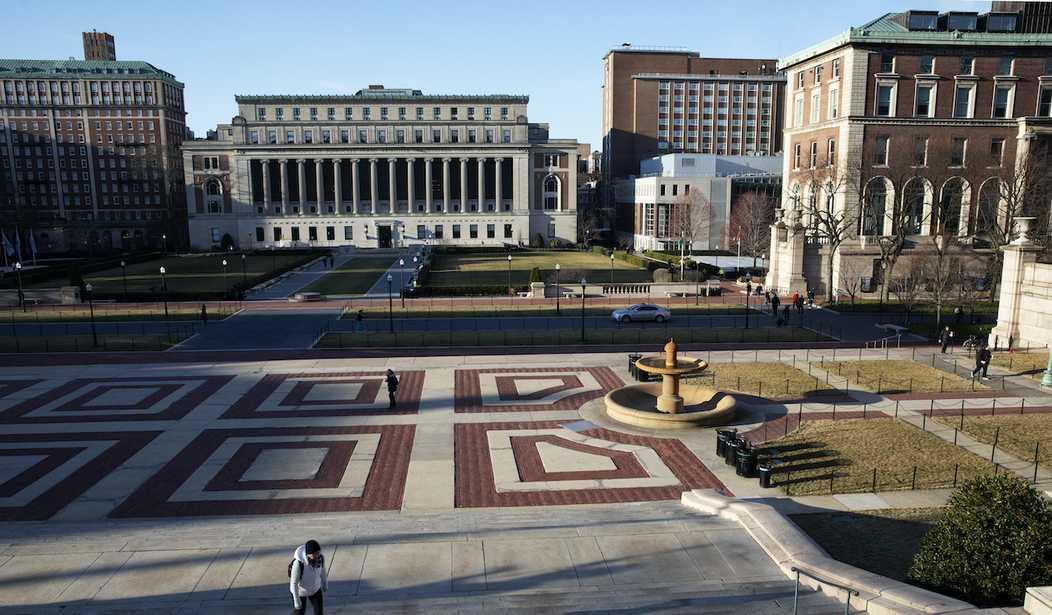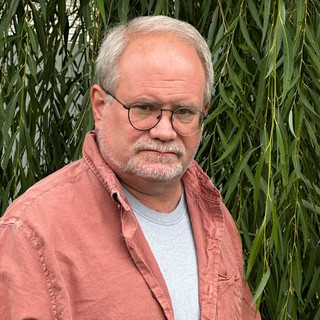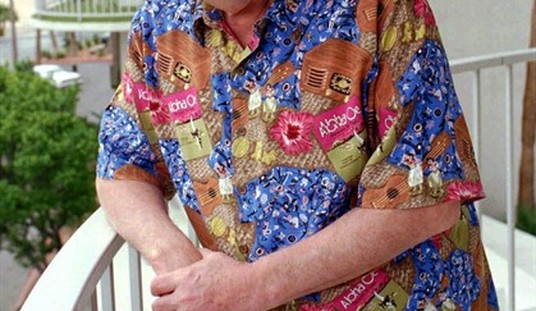On and off for the last fifteen years, I have considered the idea of going to law school or at least getting my Executive Juris Doctor degree. I toy with the idea for a day or so and then move on to other things. One reason is that it would cost a pile of money, and I do not want to rack up any extra debt at this stage in my life. Another reason is that given my age, race, orientation, and sex, a polite but firm rejection letter would likely be the result of my application.
Theoretically, this year’s ruling by the Supreme Court regarding colleges and affirmative action would remedy the second problem, but if you recall, the Left greeted that ruling with similar, if less, vitriol than Dobbs. And it became very clear, very quickly, that colleges and universities around the nation would not be foiled in their enforcement of racial preferences.
Columbia Law School, for example, created an ingenious plan to keep its bias in place. The Free Beacon reported that aspiring law students were required to submit a 90-second video statement. According to the admissions FAQ page: “The video statement will allow applicants to provide the Admissions Committee with additional insight into their personal strengths.” That was on Monday. On Tuesday afternoon, I visited the page and scoured it for any references to a video statement. They had been removed.
A spokesperson for Columbia told the Free Beacon that the whole thing had been a misunderstanding and that “It was inadvertently listed on the Law School’s website and has since been corrected.” It seems that the video requirement was part of a pilot program for first-time transfer students. That program is now defunct.
One need hardly wonder why the requirement was scrubbed since it raised hackles as soon as people were made aware of it. After all, what better way to determine the color of a person’s skin before even letting them move ahead in the application process? Columbia could still cherry-pick its applicants while still technically staying within the SCOTUS ruling. Edward Blum, who is the founder of Students for Fair Admissions, which was a plaintiff in the SCOTUS case, commented, “What is a 90-second video supposed to legitimately convey that a written statement could not?”
Of course, Columbia’s mistake was that its request was too obvious. Sarah Lawrence College in New York had a much more crafty plan. According to Campus Reform, Sarah Lawrence utilized the ruling in order to undermine it. Fresh-faced applicants were presented with the following optional essay:
In a 2023 majority decision of the Supreme Court of the United States, Chief Justice John Roberts wrote, “Nothing prohibits universities from considering an applicant’s discussion of how race affected the applicant’s life, so long as that discussion is concretely tied to a quality of character or unique ability that the particular applicant can contribute to the university.” Drawing upon examples from your life, a quality of your character, and/or a unique ability you possess, describe how you believe your goals for a college education might be impacted, influenced, or affected by the Court’s decision.
Give Sarah Lawrence props for creativity, at least. A college official told Campus Reform that the school was not just interested in hearing from students who felt that they had been negatively impacted by the ruling. The college maintains that it wants to hear differing opinions and that, after all, students have multiple essay options from which to choose. But one may assume a student’s choice of that option and their essay would tell the admissions office what it needed to know. And that should tell you all you need to know about the state of higher education in America.










Join the conversation as a VIP Member